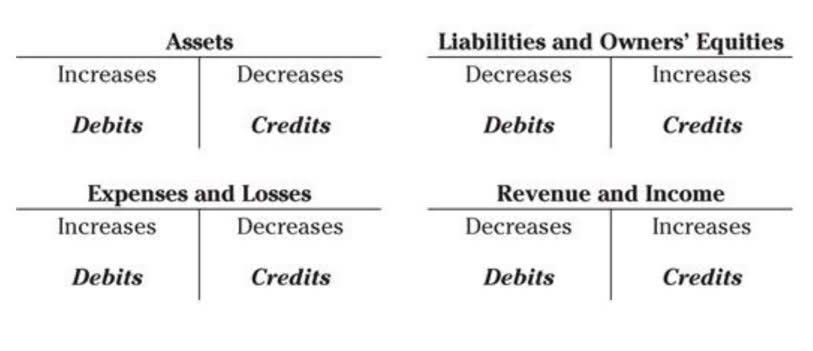
The net working capital (NWC) metric is different from the traditional working capital metric because non-operating current assets and current liabilities are excluded from the calculation. The current ratio is calculated by dividing a company’s current assets by its current liabilities. The formula to calculate the working capital ratio divides a company’s current assets by its current liabilities. The net working capital (NWC) formula subtracts operating current assets by operating current liabilities. The cash flow from operating activities section aims to identify the cash Certified Public Accountant impact of all assets and liabilities tied to operations, not solely current assets and liabilities.
- Understanding the factors driving changes in working capital is essential for evaluating a company’s financial health and operational efficiency.
- If a company chooses to spend more on inventory to increase its fulfillment rate, it will use up more cash.
- My Accounting Course is a world-class educational resource developed by experts to simplify accounting, finance, & investment analysis topics, so students and professionals can learn and propel their careers.
- If it is positive, implying more of assets than liabilities, it is good for the company, since it has more funds to pay off its current debts.
- The net working capital (NWC) of the company is increasing by $2 million each period.
. What does the change in working capital on the balance sheet represent?

Every business enterprise extensively uses this metric to understand the economic or financial condition of the enterprise. As of March 2024, Microsoft (MSFT) reported $147 billion of total current assets, which included cash, cash equivalents, short-term investments, accounts receivable, inventory, and other current assets. Another financial metric, the current ratio, measures the ratio of current assets to current liabilities.

Implement effective credit control measures
Therefore, as of March 2024, Microsoft’s working capital metric was approximately $28.5 billion. If Microsoft were to liquidate all short-term assets and extinguish all short-term debts, it would have almost $30 billion remaining cash. Current assets are economic benefits that the company expects to receive within the next 12 months.
How Does a Company Calculate Working Capital?
- Aside from gauging a company’s liquidity, the NWC metric can also provide insights into the efficiency at which operations are managed, such as ensuring short-term liabilities are kept to a reasonable level.
- Wide swings from positive to negative working capital can offer clues about a company’s business practices.
- At the same time, the company effectively manages its inventory levels and negotiates favorable payment terms with suppliers, resulting in slower growth in accounts payable (A/P).
- In this perfect storm, the retailer doesn’t have the funds to replenish the inventory flying off the shelves because it hasn’t collected enough cash from customers.
- The amount of working capital does change over time because a company’s current liabilities and current assets are based on a rolling 12-month period, and they change over time.
If it’s substantially negative, that suggests your business can’t make its upcoming payments and might https://www.bookstime.com/ be in danger of bankruptcy. Next, add up all the current liabilities line items reported on the balance sheet, including accounts payable, sales tax payable, interest payable, and payroll. Imagine if Exxon borrowed an additional $20 billion in long-term debt, boosting the current amount of $40.6 billion to $60.6 billion.

Formula for Calculating Change in Working Capital

Using hedging strategies to offset swings in cash flow can change in net working capital mitigate unexpected changes in working capital. However, there are some costs involved in these hedging transactions, which could affect cash flow. Change in net working capital refers to how a company’s net working capital fluctuates year-over-year.
- The working capital of a company—the difference between operating assets and operating liabilities—is used to fund day-to-day operations and meet short-term obligations.
- Change in working capital, on the other hand, measures what is happening over a given period of time with regard to the liquidity of your company.
- Working capital is calculated from the assets and liabilities on a corporate balance sheet, focusing on immediate debts and the most liquid assets.
- For example, if a company has $1 million in cash from retained earnings and invests it all at once, it might not have enough current assets to cover its current liabilities.
- Next, compare the firm’s working capital in the current period and subtract the working capital amount from the previous period.
Online Investments

It is calculated as the difference between the total current assets and the total current liabilities. Much like the working capital ratio, the net working capital formula focuses on current liabilities like trade debts, accounts payable, and vendor notes that must be repaid in the current year. On the other hand, examples of operating current liabilities include obligations due within one year, such as accounts payable (A/P) and accrued expenses (e.g. accrued wages). A company with more operating current assets than operating current liabilities is considered to be in a more favorable financial state from a liquidity standpoint, where near-term insolvency is unlikely to occur. Working capital is a basic accounting formula (current assets minus current liabilities) business owners use to determine their short-term financial health. Changes in working capital can occur when either current assets or current liabilities increase or decrease in value.